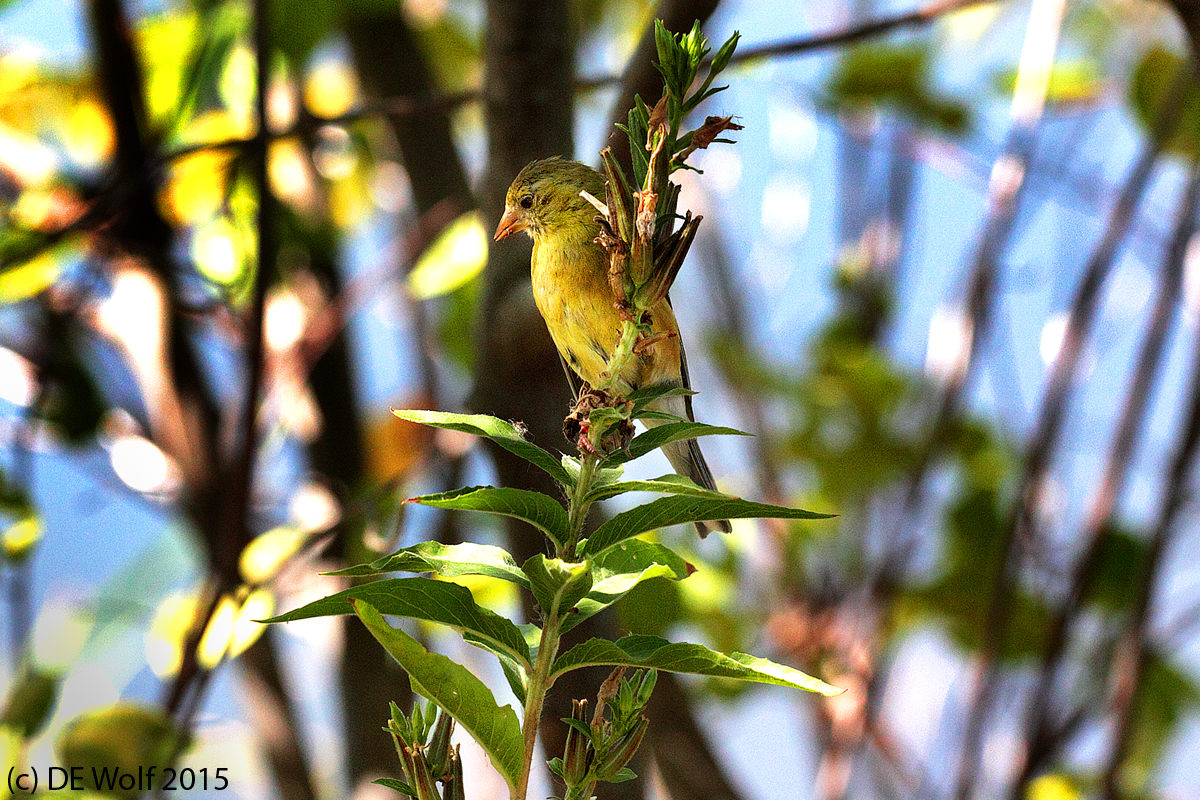It is usually the case that lighting in “the mall” is defined by the artificial. Figure 1 is an exception. I was at the Natick Collection in Natick, Massachusetts early Sunday morning, before most of the stores open. And when I past the Tailor’s Shop I saw that the display in the window was flooded with a warm beam of light coming in through one of the skylights. It show and antique sewing machine and sewing table. These always remind me of my grandfather, who like so many of the immigrants of his day was himself a tailor. I smile also at the tailor Motel Kamzoi in the musical “Fiddler on the Roof.” I saw that play with my parents and grandmother in its first Broadway run many years ago. My grandfather had a foot treadle machine in his apartment, which I marveled at with the curiosity of my childhood.
The Singer sewing machine was the manufacturer of my grandfather’s day, and far into the twentieth century these icons of the past were ubiquitous. Isaac Merritt Singer was did not invent the sewing machine but he designed the first practical model, which he patented on August 12, 1851, and he embraced and adopted the mass manufacturing techniques pioneered by Henry Ford in the auto industry and perhaps more significantly he made it available under a hire-purchase plan enabling consumers to buy on credit in “easy installments.”
This image was taken with my IPhone 6 and I think really competes with what I could have achieved with my Canon DSLR. And it is unusual for me, in that I did it without toning despite its antique allusions.
“A fiddler on the roof. Sounds crazy, no? But here, in our little village of Anatevka, you might say every one of us is a fiddler on the roof trying to scratch out a pleasant, simple tune without breaking his neck. It isn’t easy. You may ask ‘Why do we stay up there if it’s so dangerous?’ Well, we stay because Anatevka is our home. And how do we keep our balance? That I can tell you in one word: tradition! “








